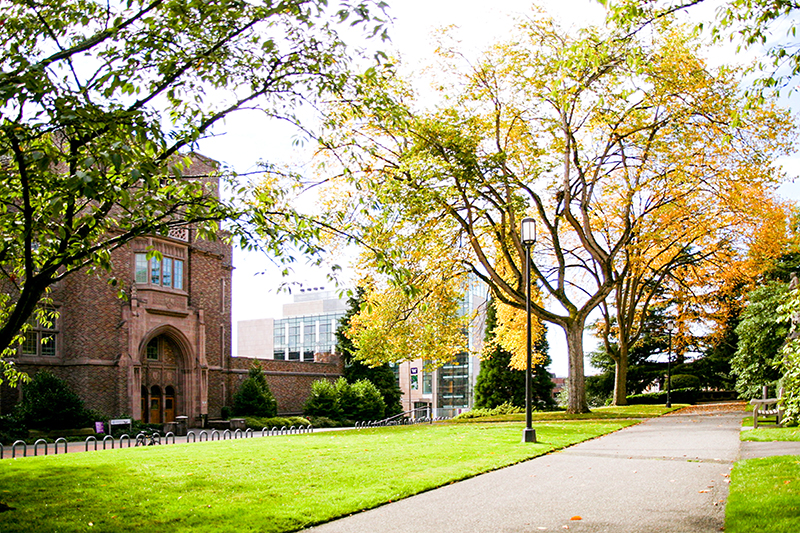Small Apartment Buildings Play Larger Role in Off-Campus Housing in University Towns

Millennial students looking for off-campus accommodations in university towns rent more frequently in small apartment buildings, and at higher rates of apartment sharing.
Small Buildings Serve Millennial Students Differently across Metros
In this post, we examine the variation in demand share and living arrangements of Millennial students1 living in small apartment buildings across the Top 50 US metros.
Housing costs stand as one of the principal expenses for collegiate Millennials. Small asset multifamily plays a crucial role in catering to this segment due to lower average unit rents with more space than other property types.
As shown below, small apartment properties attract the largest share of the overall Millennial student population in university-dominated large metro areas2. Standouts such as Austin (26%), Madison (22%), Raleigh (22%) and Columbus (21%) eclipse the US average of 16%.
Shares across the largest metro markets — New York (16%), Miami (16%), San Francisco (16%) and Chicago (14%) — are at or lower than the US average. Los Angeles (21%) represents an outlier, where supply-side factors, including a preponderance of small buildings, come into play.
In metros such as Boston (15%), Hartford (11%) and Providence (10%), education plays a vital role in the local economy. However, there are less small asset shares in these markets because these places have significantly higher shares of formal student housing (group quarters), as shown below.
More Millennials Share Apartments in University Towns
As discussed previously, Millennial students use three major modes of living arrangements: living alone, apartment shares, and living with their families.
As shown below, apartment sharing is significantly most popular among small building renters in university towns such as Raleigh (69%), Madison (51%), Austin (48%) and Boston (48%).
In contrast, as show below, gateway markets have a markedly lower percentage of Millennial student renters in apartment shares or living alone, meaning a higher share are still living with families—a function of higher housing costs.
For small property operators, while student demand represents a steady growth opportunity, this demand varies across cities depending on a combination of on-campus housing supply and the historical orientation and location of small buildings around universities.
1 Millennials are defined as those 18 years and over in 2016, born in 1982 or later.
2 All data is sourced from the American Community Survey (ACS), unless otherwise stated. ACS statistics are sample-based estimates of the compositional profile of the total population in the given year of data collection, and include a margin of error.

